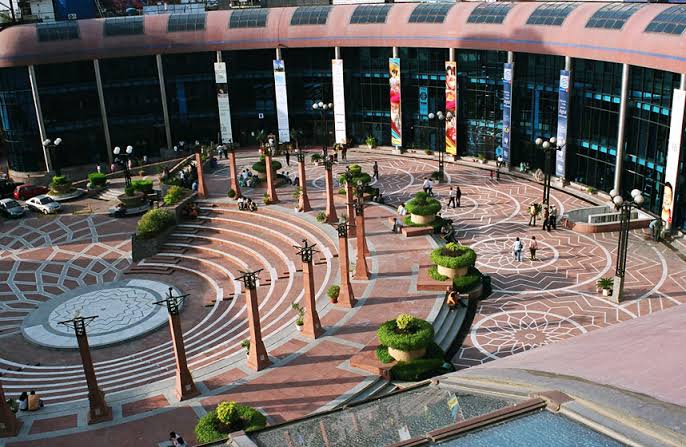Category: delhi
FIRST SHOPPING MALL OF DELHI,INDIA “ANSAL PLAZA” on YouTube

Britishers have ruled India for more than 100 years. How did Britishers influenced Delhi’s architecture, and was it justified?

we all know that Delhi is the national capital of India which covers 1,484 sq. km of area, with a population of 1.9 crores (according to 2011 census) which is 1.39% of India’s population and results in a density of population as 11,321 people per sq. km. whereas the population density of India as a whole country is 420 people per square kilometers.
From a population of 1.9 crores, 49% of people live in slum which is nearly 93.1 lakhs people in the present time.
In 1911 the decision of shifting the capital of India from Kolkata to Delhi was announced. Then new Delhi was planned to be constructed. Which now covers 427 sq. km of area and is 28% of Delhi’s land area.
Two architects, Edwin letyuns and Herbert baker, were called to design new Delhi and its buildings. New Delhi took nearly 20 years to build. The idea was to build a city that completely contrasted to Shahjahanabad. The city was planned with broad street with straight-lined mansions set in the middle of the large compound.
Whereas the old Delhi was planned with narrow streets, Mohalla’s and gardens, had canals for the supply of fresh water and proper drainage system was also there.
Even the census of 1931 revealed that the old city was densely crowded with 90 persons per acre, while new Delhi had only about 3 person per acre. The poor condition of the city has still not stopped from expanding. If the entire city was planned with considering the planning ideology of Shahjahanabad then the picture of Delhi would have been far better than what we have today, With Compact planning instead of mansions covering only 7% ground coverage of the large compound.

